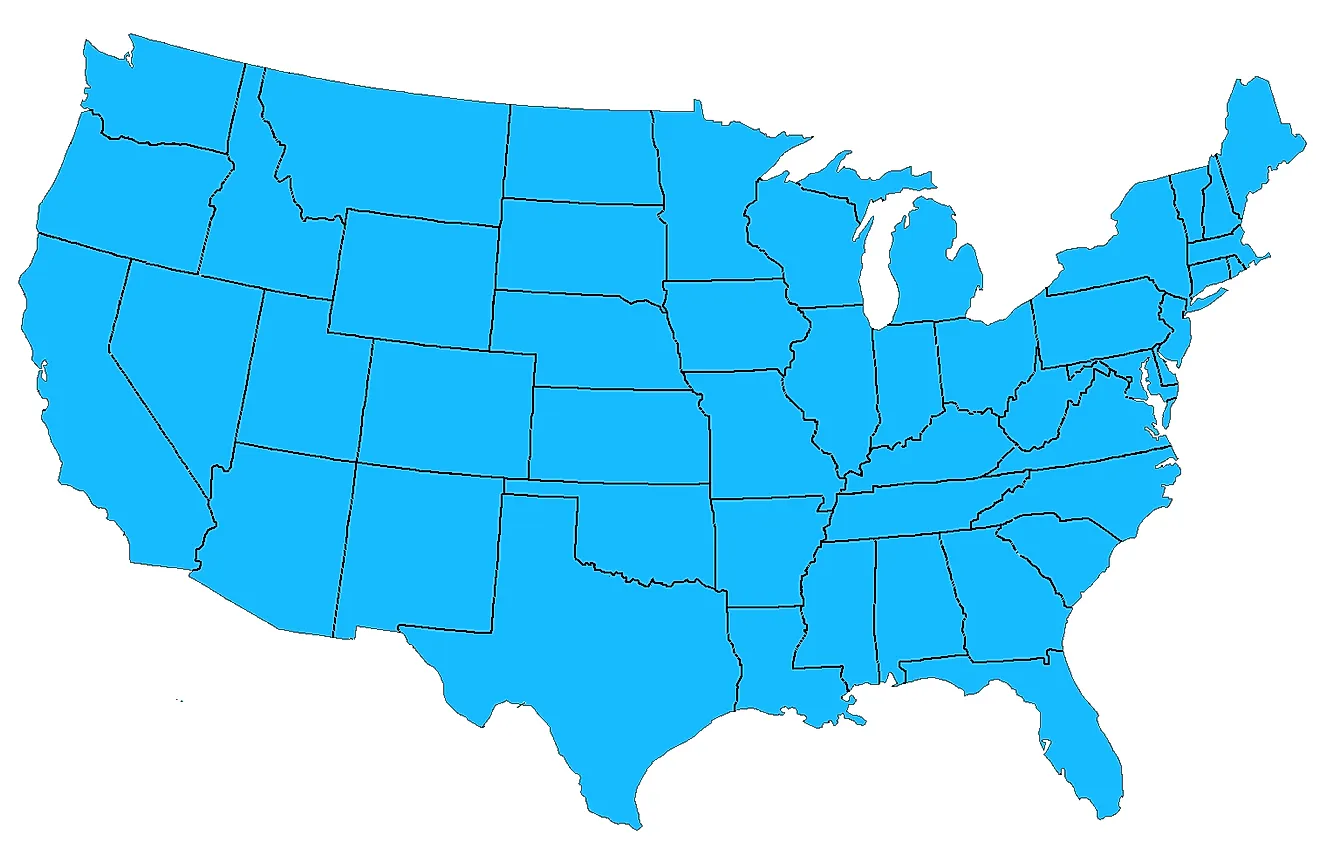What Does Contiguous Mean In Geography?

What Does Contiguous Mean?
If the world was like how it used to be, with all the tectonic plates fused when the world's continents were bordering each other; the world would be contiguous because there would be no physical separation between the continental plates. Now, it is non-contiguous because the tectonic plates have moved which has made landmasses disperse, divided by vast stretches of oceans. The biodiversity of the world was also not as varied in the contiguous landscape as it is today. The absence of isolation did not favor the independent evolution of the species of the world. The contiguous land masses also encouraged the migrations of early humans across the landscape. The word contiguous in Geography might also mean undivided political or geographical land. For example, the “48 contiguous states” of the United States are called so because, though each state has defined local borders, they are part of one single political entity.
What Does Non-Contiguous Mean?
Non-Contiguous, just as it sounds; is the complete opposite of contiguous. It is political or geographical land divisions that are defined by either varying ownership or natural physical barriers. For example, Alaska is non-contiguous to the United States because Canada separates Alaska from the 48 contiguous States of America
Examples of Contiguity in Geography
The contiguous European Union is another example of geological contiguity, excluding member states such as Finland, Sweden, United Kingdom, etc. because they are non-contiguous. The contiguous United Kingdom is also one of the many examples of geographical contiguity, alluding to all segments of the nation aside from Northern Ireland (it being geographically non-contiguous) A single entity can represent two or more contiguous districts, or one region can comprise of numerous non-contiguous components. For instance, the Financially Distressed Municipalities Act endorses the Federation of Pennsylvania to combine bordering districts to decrease budgetary misery. Geographic contiguity is foremost in science, particularly creature ranges. For a specific animal group, its environment might be a 'contiguous extent', or it may be fragmented, requiring occasional, ordinarily regular relocations. Geographic contiguity also has an economic impact. Contiguous areas have easier access to land trade among each other, while a geographically non-contiguous area can utilize water transport for movement of goods and people. Landlocked countries, in this regard, are geographically contiguous with all their neighboring countries. However, they lack access to the sea and hence sea trade. Thus, contiguous and non-contiguous lands have their advantages and disadvantages.











